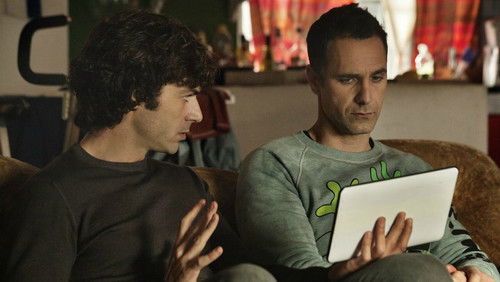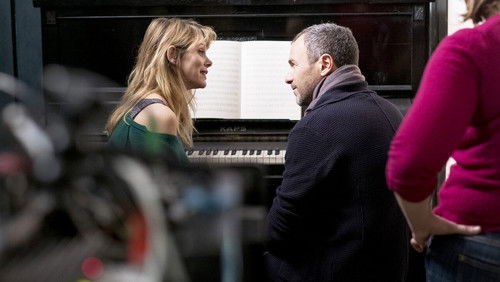Sekai no chûshin de, ai o sakebu (2004)
59KSekai no chûshin de, ai o sakebu: Directed by Isao Yukisada. With Takao Osawa, Ko Shibasaki, Masami Nagasawa, Mirai Moriyama. While searching for his fiancee Ritsuko, Sakutarou rediscovers through flashbacks the void deep within him caused by the events from his high school days.
“The English title of this movie is u0026quot;Crying out love, in the centre of the worldu0026quot;.u003cbr/u003eu003cbr/u003eAfter the proliferation of Korean romances in the last few years, Japan has made a come back, first with top romance u0026quot;poeticu0026quot; director Shunji Iwaiu0026#39;s Hana and Alice. The director of Cry, Isao Yukisada, has collaborated extensively with Shunji Iwai and has been considered by many as his successor. The book on which the movie was based has taken Japan by storm; ditto the movie. However, as the story in the book, while beautiful, is a little too simple to sustain a movie, an additional character was written into it, played by Kou Shibasaki who suggested the idea of the movie in the first place. Also, the movie adopts the favourite structure for Japanese romances, one of parallel events, the present and a flashback. The success of this approach is quite evident.u003cbr/u003eu003cbr/u003eComing before the title is a prelude, with a frame showing a rain-beaten window pane and voice over, to the very, very faint background of Bach-Gounodu0026#39;s Ave Maria (does that bring back Raging Bull?) The voices of the boy and the girl are languid and melancholy. The meaning of this prelude scene and its background music are revealed only close towards the end.u003cbr/u003eu003cbr/u003eThe premise is familiar, a simple, sweet high school romance ended by a leukaemia death. What makes this movie a cut above the pack is that it does not go all out to be a tearjerker. The romance story in the flashback, which accounts for most of the movie, is told with refreshing simplicity, absorbing the audience in the attentive details and interesting characters, particularly the girl played so charmingly by Masami Nagasawa. The length of two-and-a half-hours is not an issue at all. Once you get into the small town of Takamatsu, time sort of stands still. If you donu0026#39;t like that sort of thing, one more minute would become boring. If you love it, passage of real time in the cinema is simply not noticed.u003cbr/u003eu003cbr/u003eI wonu0026#39;t dwell on the plot. We know very early that the girl in the romance eventually died of leukaemia so thereu0026#39;s no spoilers there. To enrich the movie, an additional character is introduced, the manu0026#39;s (was the boy) present fiancée who however has a link to the past. Some think that this small plot twist is just a little too engineered but personally, I donu0026#39;t have a lot of problem with it.u003cbr/u003eu003cbr/u003eOne very interesting aspect is the retro element. The period of the flashback is the 80s, cassette messages listened via a walkman serves as a link between the pass and the present a sort of audible love letters.u003cbr/u003eu003cbr/u003eKen Harai fans make sure that you do not dash away before the ending credits, which is accompanied by his performance of the title song he wrote.”









